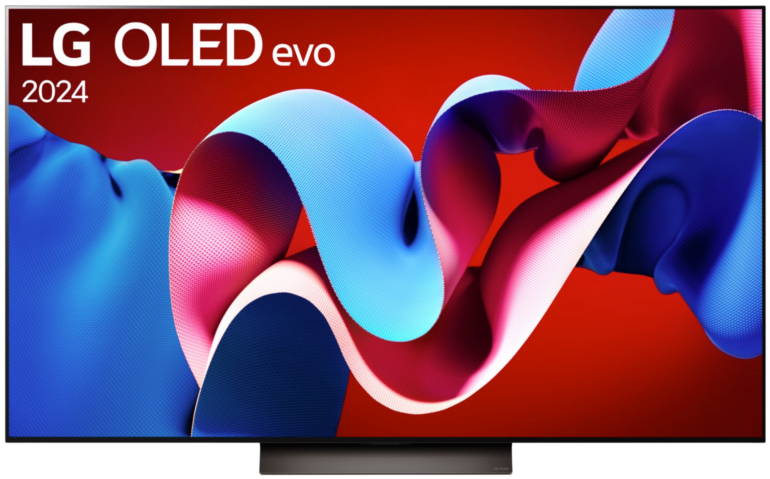Response Time
An important parameter for TV devices is the so-called response time. In general, this value indicates the time it takes for a pixel to change its colour. It is usually measured as the change in colour value from either grey to grey or black to white, to black in milliseconds.
A short response time should not be underestimated
Switching latency is a decisive factor for motion handling and thus also for the reproduction of fast movements in films, series and especially video games. Values that are too low can cause trailing shadows or colour blurring – commonly known as ghosting – and thus have a negative impact on the viewing or gaming experience.
A good response time for TV devices is usually less than 10 milliseconds, although gaming monitors can also have response times of about one millisecond. In conjunction with this, the overdrive function provides faster switching times based on voltage overload. However, if the pixels change too quickly, undesirable artefacts can occur, which in turn are referred to as inverse ghosting.
First and foremost, a fast response time depends on the screen technology, in other words the panel type. OLED TVs, for example, usually have lower values than LCD TVs with IPS and VA panels. Higher resolutions and refresh rates can increase the response time requirements because more pixels need to be updated faster.
| Advantages | Disadvantages |
|---|---|
| Motion display more fluid | Inverse ghosting possible |
| Reduces motion blur respectively ghosting | Higher costs for OLED technology |
| Improved image clarity | Technology dependency |
| Better gaming experience | Adjustable response time not possible on all TVs |
- Audio
- Codecs
- Companies
- Features
- Ports
- Technical Terms
- Connectivity
- Misc
- Smart-Features
- Video
- Image Errors
- Image Formats
- Image Function
- Ports
- Technical Terms
- 4K
- 4K@120 Hertz
- Aspect ratio
- Backlight
- Banding
- Bit
- Black level
- Brightness
- Calibration
- Candela
- Color resolution
- Color space
- Color space coverage
- Color temperature
- Color volume
- Contrast
- Curved
- Filmmaker
- Flat
- Full HD
- Gamma
- Gamut
- HD Ready
- Home theater
- Image format
- Image synchronization
- Input Lag
- ISF
- Luminance
- Motion Handling
- Native resolution
- Netflix Calibrated
- Pixel
- Pixel density
- QFT
- QHD
- Raytracing
- Rec.2020
- Refresh rate
- Resolution
- Response Time
- Smart-TV
- UHD
- UHD-2
- VR
- White balance
- WQHD
- TV Tech

